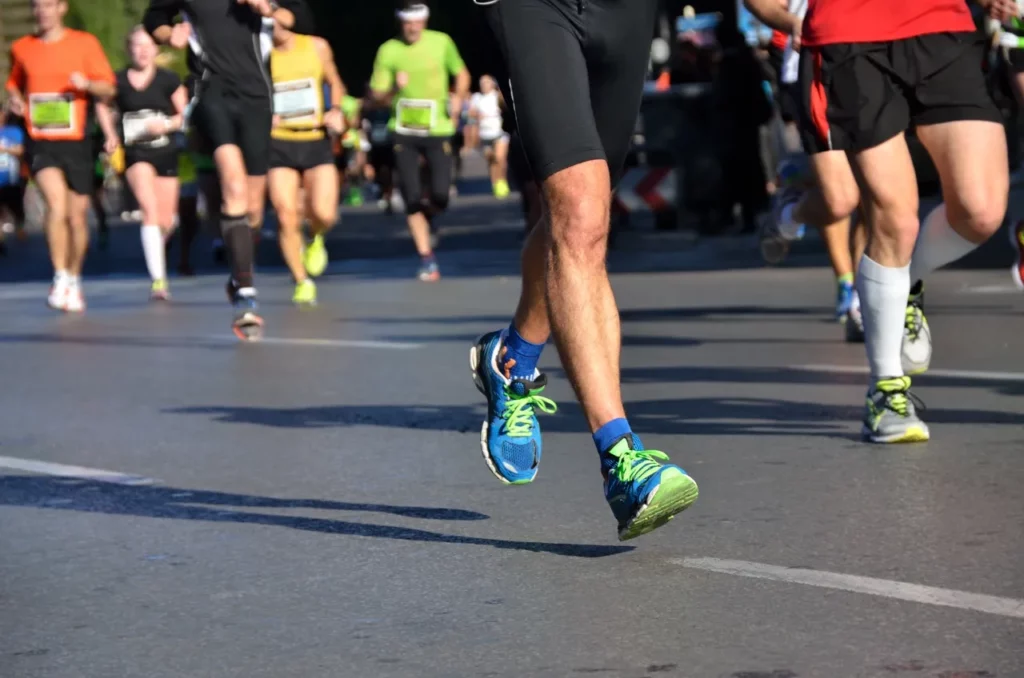Introduction
Concussions are mild traumatic brain injuries that can have significant effects on an individual’s physical, cognitive, and emotional well-being. While rest is an essential component of concussion recovery, physical therapy plays a crucial role in helping patients recover from the injury and regain optimal function. Physical therapists are skilled healthcare professionals who are trained to assess and manage the complex symptoms associated with concussions. In this comprehensive article, we will explore the role of physical therapy in concussion treatment, the benefits of early intervention, the different modalities and techniques used, and the holistic approach to support patients on their journey to recovery.
The Role of Physical Therapy in Concussion Treatment
Physical therapy is an integral part of the multidisciplinary approach to concussion management. While medical professionals focus on diagnosing and monitoring the brain injury, physical therapists address the physical and functional consequences of concussions. The primary goals of physical therapy in concussion treatment include:
Symptom Management:
Physical therapists work to alleviate the various symptoms associated with concussions, such as headaches, dizziness, balance problems, visual disturbances, and neck pain.
Restoring Physical Function:
Physical therapy helps restore physical function, such as balance, coordination, strength, and endurance, which may be affected by the injury.
Gradual Return to Activity:
Physical therapists guide patients through a structured return-to-activity program, ensuring a safe and gradual reintroduction of physical exertion.
Education and Support:
Physical therapists provide patients and their families with education about the injury, symptom management strategies, and guidance on the recovery process.
Prevention of Complications:
By identifying risk factors and addressing them early, physical therapists can help prevent potential complications during recovery.
Benefits of Early Physical Therapy Intervention

Early intervention with physical therapy has been shown to have several benefits for patients with concussions:
Faster Recovery:
Starting physical therapy early can promote a faster recovery by addressing symptoms and restoring function sooner.
Individualized Care:
Physical therapists develop personalized treatment plans based on each patient’s unique symptoms, impairments, and goals.
Symptom Management:
Physical therapy can effectively manage symptoms such as headaches, dizziness, and neck pain, leading to improved patient comfort.
Return to Activity:
A structured return-to-activity program helps patients safely reintegrate into their daily routines, work, school, and sports.
Preventing Secondary Issues:
Early physical therapy intervention can reduce the risk of secondary issues, such as muscle imbalances or joint stiffness, which may arise due to inactivity during recovery.
Components of Physical Therapy in Concussion Treatment
Physical therapy in concussion treatment involves a combination of techniques and modalities tailored to the individual needs of each patient. Some common components of physical therapy in concussion treatment include:
Vestibular Rehabilitation:
Vestibular rehabilitation focuses on improving balance and reducing dizziness and vertigo symptoms, which are common after concussions.
Oculomotor Training:
Oculomotor training involves exercises to improve eye tracking and coordination, helping patients overcome visual disturbances associated with concussions.
Cervical Spine Therapy:
The neck and cervical spine are often affected in concussions. Cervical spine therapy helps alleviate neck pain and improve mobility in this region.
Balance Training:
Balance training exercises are crucial in addressing balance impairments and reducing the risk of falls.
Cardiovascular Conditioning:
Cardiovascular conditioning is gradually reintroduced to help patients regain endurance and stamina after a period of rest.
Proprioceptive Training:
Proprioceptive training focuses on enhancing the awareness of body position and movement, which is essential for stability and coordination.
Graduated Exercise Program:
Physical therapists create a graduated exercise program to slowly increase the intensity and complexity of activities as patients progress in their recovery.
The Holistic Approach to Concussion Treatment

Physical therapy in concussion treatment takes a holistic approach, recognizing that concussions can have widespread effects on various aspects of a patient’s life. This approach involves addressing physical, cognitive, and emotional aspects of the injury:
Physical Aspect:
Physical therapists work to alleviate physical symptoms, improve function, and reduce limitations related to balance, coordination, and strength.
Cognitive Aspect:
Physical therapy may include cognitive exercises and strategies to address attention, memory, and concentration issues commonly associated with concussions.
Emotional Aspect:
Patients recovering from concussions may experience emotional challenges. Physical therapists offer support and coping strategies to address emotional well-being.
Gradual Return to Activity:
Physical therapists carefully monitor patients as they reintegrate into daily activities, school, work, and sports, ensuring a gradual and safe return.
Collaborative Care:
Physical therapists work closely with other healthcare professionals, including physicians, neuropsychologists, and occupational therapists, to provide comprehensive care.
Individualized Treatment Plans
Each patient’s journey to recovery from a concussion is unique, and physical therapists tailor treatment plans to address their specific needs and goals. Individualized treatment plans may include:
Initial Evaluation:
A comprehensive assessment helps identify the patient’s symptoms, impairments, and functional limitations.
Goal Setting:
Physical therapists work with patients to establish realistic and achievable goals for their recovery.
Treatment Progression:
Treatment plans are regularly adjusted based on the patient’s progress and response to interventions.
Education and Home Exercises:
Patients receive education on their condition and exercises they can perform at home to complement their in-clinic therapy.
Gradual Return to Activity:
Physical therapists collaborate with patients to develop a safe and structured return-to-activity plan.
Conclusion:
Concussions are difficult to diagnose without a qualified medical professional working with you. Furthermore, every concussion should be treated with an individualized approach. The key aspects of a good concussion treatment approach will involve education, 1-1 care, gradual return to activity, and an emphasis on prevention.



